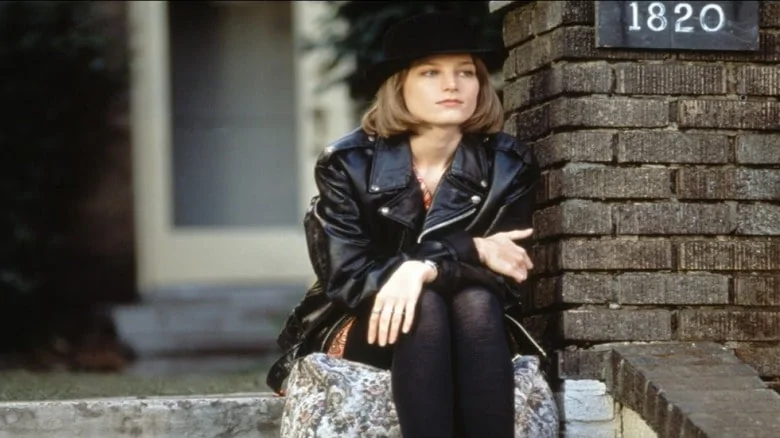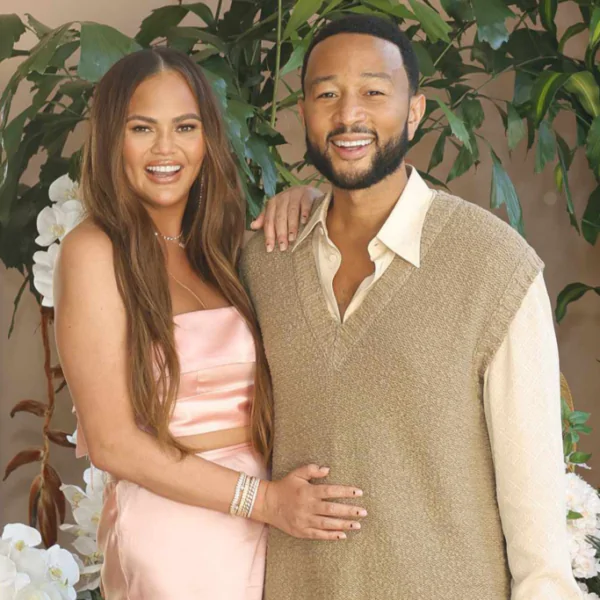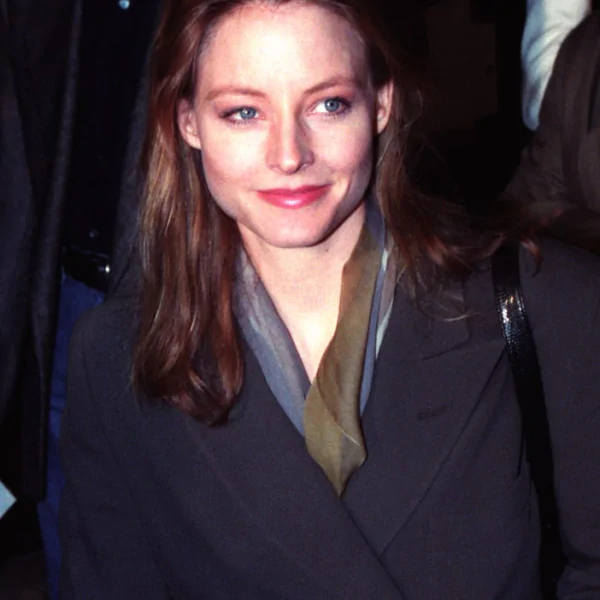Bridget Fonda’s success on the big screen seemed destined thanks to her quick wit, girl next door appeal, and a last name that screams “Hollywood legacy.”.
From the late 1980s into the 1990s, Fonda’s career was the very definition of wonderful as she waltzed through fantasy fare like “Frankenstein Unbound,” heartwarming rom-coms like “It Could Happen To You,” and gripping thrillers like “Single White Female.”.
Since 2002, Fonda hasn’t appeared in a single film or TV program. If you’re one of the many fans who is wondering where she went, we have a few answers for you.

a straightforward instance of giving someone too much too soon.

The family name of Fonda practically demanded a breakthrough in the film industry. Although she made her acting debut in the movie Easy Rider at the ripe old age of five in an uncredited role as one of the commune children, it wasn’t until she landed a part in a school production of Harvey that she really caught the acting bug.
Fonda entered the elite world of Hollywood the moment she earned a theater degree from NYU’s Tisch School of the Arts and Lee Strasberg Theater Institute in 1986.
Fonda made her acting debut in Aria, a film that won the audience award at the 1987 Cannes Film Festival. The film was Fonda’s launching pad to fame, and both critics and viewers praised her performance. She gained more notoriety for her role as The Godfather III in the 1990s after giving excellent supporting turns in the 1989 films Shag and Scandal. She later demonstrated her comic chops in her part in Doc Hollywood.
The “it girl” issue.

In the early 1990s, Fonda maintained her popularity with roles in the critically acclaimed Cameron Crowe dramedy and the blockbuster thriller Single White Female, as well as an uncredited cameo in 1992’s Army Of Darkness.
She appeared to be capable of handling any genre. She was equally at ease playing characters who were cool and hip, vulnerable and lovely, or smart and seductive. But she could handle gruesome, bloody mayhem. Yes, she could produce strong box office results as well; the premiere of Single White Female alone made close to $50 million.
With that level of success, Fonda’s “it girl” status was inevitable, and while it put her in some excellent early ’90s company with stars like Julia Roberts and Meg Ryan, it also comes with high expectations.
The peaks (Point Of No Return, Jackie Brown) and valleys (The Road To Wellville, The Whole Shebang) proved to be too much for Fonda to handle despite her consistent work over the years that followed. Her career slowed down in the late 1990s, and as many other famous people can attest, it’s difficult to restart a sluggish career.
Over a short time, she put in a lot of effort.

Even though we can only guess at the reasons Fonda withdrew, we cannot deny that she did not make the most of her time in the spotlight. Between 1987 and 1998, she typically produced three to four films per year, resulting in a total of more than 30 during a relatively short time period.
It’s easy to imagine that Fonda simply burned out under that kind of pressure. Who could blame her, though, when each of those projects required pre- and post-production work in addition to the actual production time?
Fonda labored nonstop for approximately 11 years. Sincerely, the thought of that work schedule makes our heads spin. What effect it had on Fonda is only speculative.
TV wasn’t successful.

Years of pursuit by television producers led to Fonda turning down the lead role in Ally McBeal in 1999 so she could focus on her acting career. It’s difficult to argue against that decision given that Ally McBeal only ran for five seasons and didn’t exactly catapult its star Calista Flockhart into a career in acting. One has to wonder, though, if Fonda might have benefited from acting in a series.
On the other hand, her television efforts weren’t particularly fruitful. She played a supporting role in the excellent but underappreciated Chris Isaak Show in addition to making appearances in the TV movies No Ordinary Baby and Snow Queen. Fonda hasn’t appeared in any films or television shows since the latter project’s December 2002 debut.
The effects of the Hollywood machine were felt.

Fonda might have had additional reasons for leaving, of course. It’s difficult for women to find work in Hollywood, and when you take into account how the industry treats women over 40 and the pressure to maintain a reputation, it’s clear why Bridget Fonda didn’t see much of a future in acting.
She had established her acting prowess and success as a box office draw by the time she left Hollywood at the age of 38 with 49 film and TV credits to her name. Why not flee the stardom’s pressure vacuum before it flees her?
For proof that Hollywood adores a successful comeback, just look at Bridget Fonda’s father. Who’s to say, too, that Bridget Fonda won’t return to the red carpet at some point?
After establishing himself in the 1960s, the elder Fonda spent the majority of the 1970s, 1980s, and 1990s working in mediocre B-movie filler. He didn’t win back favor with Hollywood until he played a role in 1997’s Ulee’s Gold, for which he received an Oscar nomination.
Although we’re sort of holding our breath that Elfman might pull a few strings to get Bridget cast in one of the upcoming projects from his frequent collaborator, director Tim Burton, we think a challenging, supporting role on a fantastic Netflix or Amazon series might be just the thing to get Bridget back in front of the camera in this new golden age of television. Think of Beetlejuice 2. Who wouldn’t want to watch Fonda and Winona together?

